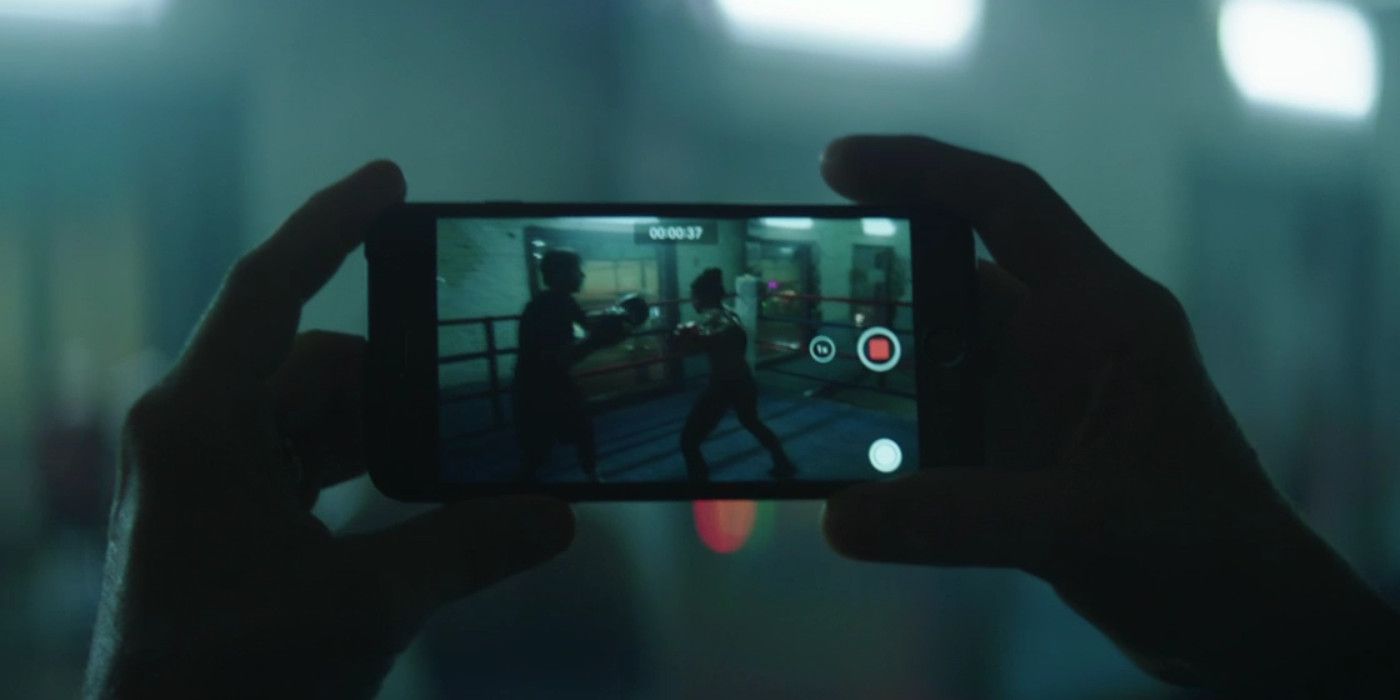A group of software engineers is porting Android to iPhones and their software is available to the public right now. The code is in an extremely limited beta form at the moment, but it’s possible to download it and run an iPhone 7 without iOS today.
People love their iOS devices for a multitude of reasons but the platform’s restrictions and lack of versatility make users wish they had access to more open operating systems. For app developers specifically, working with Android is simply a more convenient process. A vast array of devices run on some form of Android architecture, from the Nintendo Switch down to things like smartwatches. Apple devices operate within a “walled garden” of sorts, requiring more effort to create a functional product. Many developers would love the opportunity to more directly apply their lessons learned on Android to Apple hardware.
For these, and other reasons, David Wang and Chris Wade are hard at work on Project Sandcastle, a plan that began over a decade ago as an attempt to port Android to the original iPhone. The pair are part of a collective called Corellium, specializing in the virtualization of mobile devices. In simplified terms, virtualization, in this case, is the process of getting a device’s operating system (or a simulation of it) running in a different environment. It’s through this process that Wang and Wade are able to test Android on Apple devices, after getting the versatile Linux OS running first.
Getting Android on iPhone 7

The process of installing the current Project Sandcastle beta software is surprisingly simple. Their website has direct links to download the files, as well as a link to a repository containing their source code. Anyone with an iPhone 7 and the means to transfer files from a PC to their device (typically just a USB cable) can start the process.
There are, however, some major caveats attached to Project Sandcastle and they don’t use the term “beta” lightly. Porting to iOS means creating new drivers. That means many basic functions, things like multi-touch or even sound, are unstable in the current build. Based on a chart on the website, the software will run on several Apple devices, but the iPhone 7 has the greatest number of functional features right now.
Additionally, bear in mind this entire process voids any terms or warranties connected to owning an Apple product. The company is predictably not happy about anything associated with Corellium and is currently engaged in a legal battle that could threaten this project, and the legality of third-party modifications at large. Therefore, it may be wise for anyone interested in Project Sandcastle to keep an eye on both the software’s development and the potential fallout from Apple’s lawsuit.





